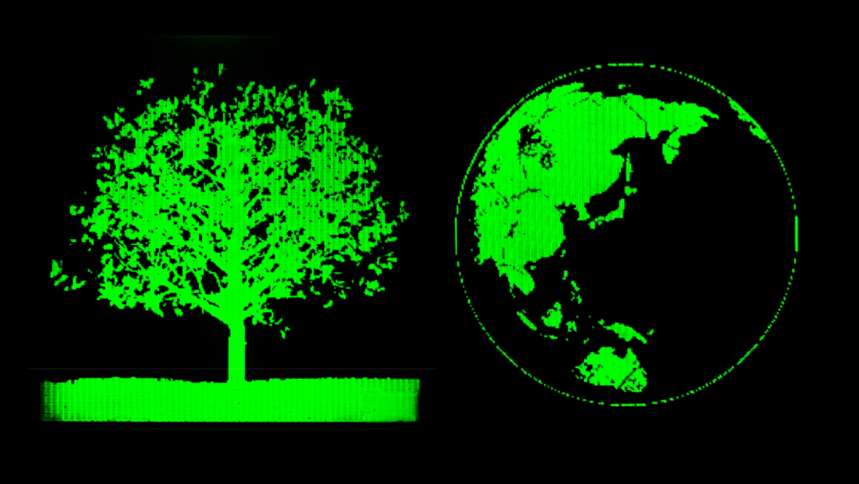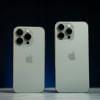Chinese researchers develop world's smallest LEDs

Researchers from China's Zhejiang University, in collaboration with the University of Cambridge, have created the world's smallest light-emitting diodes (LEDs), measuring just 90 nanometers in size - around the size of a virus. According to a study published in the science journal Nature, these nano-perovskite LEDs (nano-PeLEDs) achieve a record pixel density of 127,000 pixels per inch (PPI), surpassing existing LED technologies.
What are nano-PeLEDs?
The LEDs are made from halide perovskites, a class of semiconductors known for their efficient light emission. Unlike traditional micro-LEDs—built from costly III-V semiconductors like gallium nitride—perovskite LEDs maintain high performance even at ultra-small scales. While conventional micro-LEDs suffer efficiency losses below 10 microns, the Zhejiang team's nano-PeLEDs retained an external quantum efficiency (a measure of light output) of ~20% across pixel sizes from 650 nanometers to 3.5 microns.
How were they made?
Fabricating tiny LEDs without damaging the perovskite's delicate structure posed a challenge. PhD student Lian Yaxiao explained in the research paper that standard photolithography methods risk degrading perovskites. Instead, the team developed a "localised contact fabrication" technique. By adding an insulating layer with precisely patterned windows, they confined electrical contacts to specific areas, shielding perovskite edges from damage and minimising energy loss. This innovation enabled consistent performance even at the 90-nanometer scale.
Applications and prototypes
The nano-PeLEDs' ultra-high pixel density makes them promising for next-generation augmented reality (AR) and virtual reality (VR) displays, where sharp resolution is critical. To demonstrate practicality, Zhejiang researchers partnered with Hangzhou-based semiconductor firm LinkZill to create a prototype active-matrix display. Driven by a thin-film transistor (TFT) backplane, the device successfully showcased complex images and videos.
Current micro-LEDs, though advanced, face cost and scalability barriers due to complex crystal growth processes. Perovskite LEDs offer a cheaper, more flexible alternative. Prof. Zhao Baodan noted in the paper that perovskite's unique properties could address micro-LEDs' efficiency limitations in sub-10-micron pixels, a key hurdle for high-end AR/VR applications.
However, while the prototype marks progress, commercialisation requires further refinement. In the paper, Prof. Di Dawei emphasised the technology's potential beyond displays, including advanced lighting and optical communications. Collaborations with industry aim to bridge lab innovations with real-world use.
The study highlights perovskite's promise in redefining miniaturised optoelectronics, potentially offering a scalable path toward ultra-high-resolution visual technologies.

 For all latest news, follow The Daily Star's Google News channel.
For all latest news, follow The Daily Star's Google News channel. 








Comments